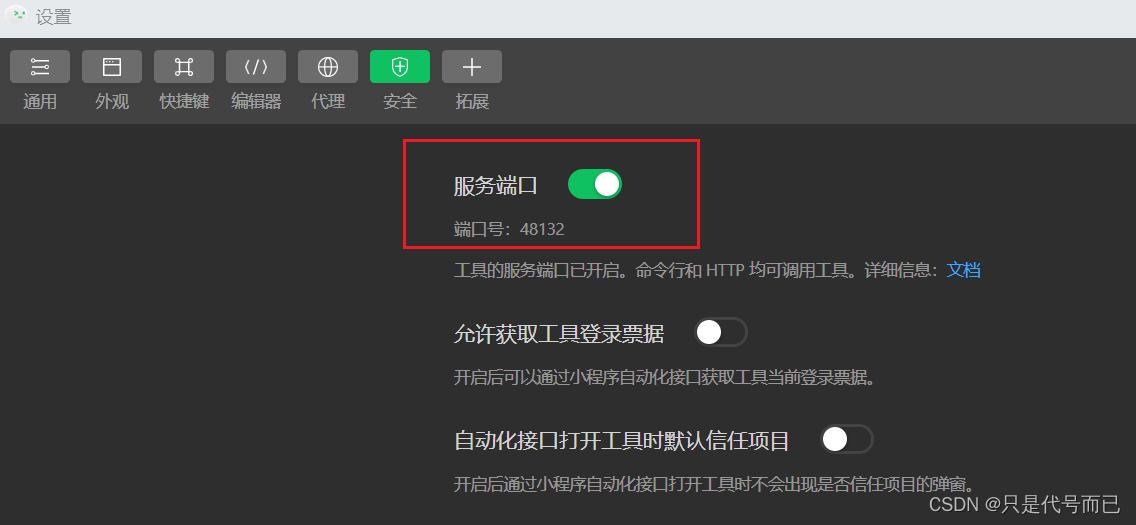做网站用平板吗/网络营销推广的特点
分类目录:《自然语言处理从入门到应用》总目录
如果我们拥有大量的示例,我们可能需要选择在提示中包含哪些示例。ExampleSelector是负责执行此操作的类。 其基本接口定义如下所示:
class BaseExampleSelector(ABC):"""Interface for selecting examples to include in prompts."""def select_examples(self, input_variables: Dict[str, str]) -> List[dict]:"""Select which examples to use based on the inputs."""
它只需要暴露一个select_examples方法,该方法接收输入变量并返回一个示例列表。具体如何选择这些示例取决于每个具体实现。
自定义示例选择器(Custom Example Selector)
自定义示例选择器从给定的示例的列表中选择固定个示例。一个ExampleSelector必须实现两个方法:
- 一个
add_example方法,它接受一个示例并将其添加到ExampleSelector中 - 一个
select_examples方法,它接受输入变量(用户输入),并返回要在few-shot提示中使用的示例列表
让我们实现一个简单的自定义ExampleSelector,它只随机选择两个示例。
实现自定义示例选择器
from langchain.prompts.example_selector.base import BaseExampleSelector
from typing import Dict, List
import numpy as npclass CustomExampleSelector(BaseExampleSelector):def __init__(self, examples: List[Dict[str, str]]):self.examples = examplesdef add_example(self, example: Dict[str, str]) -> None:"""Add new example to store for a key."""self.examples.append(example)def select_examples(self, input_variables: Dict[str, str]) -> List[dict]:"""Select which examples to use based on the inputs."""return np.random.choice(self.examples, size=2, replace=False)
使用自定义示例选择器
examples = [{"foo": "1"},{"foo": "2"},{"foo": "3"}
]# 初始化示例选择器
example_selector = CustomExampleSelector(examples)# 选择示例
example_selector.select_examples({"foo": "foo"})
# -> [{'foo': '2'}, {'foo': '3'}]# 向示例集合添加新示例
example_selector.add_example({"foo": "4"})
example_selector.examples
# -> [{'foo': '1'}, {'foo': '2'}, {'foo': '3'}, {'foo': '4'}]# 选择示例
example_selector.select_examples({"foo": "foo"})
# -> [{'foo': '1'}, {'foo': '4'}]
基于长度的示例选择器(LengthBased ExampleSelector)
基于长度的示例选择器根据示例的长度来选择要使用的示例。当我们担心构建的提示内容超过上下文窗口的长度时这种示例选择器将非常有用。对于较长的输入,它会选择较少的示例进行包含,而对于较短的输入,它会选择更多的示例。
from langchain.prompts import PromptTemplate
from langchain.prompts import FewShotPromptTemplate
from langchain.prompts.example_selector import LengthBasedExampleSelector# These are a lot of examples of a pretend task of creating antonyms.
examples = [{"input": "happy", "output": "sad"},{"input": "tall", "output": "short"},{"input": "energetic", "output": "lethargic"},{"input": "sunny", "output": "gloomy"},{"input": "windy", "output": "calm"},
]example_prompt = PromptTemplate(input_variables=["input", "output"],template="Input: {input}\nOutput: {output}",
)example_selector = LengthBasedExampleSelector(# These are the examples it has available to choose from.examples=examples, # This is the PromptTemplate being used to format the examples.example_prompt=example_prompt, # This is the maximum length that the formatted examples should be.# Length is measured by the get_text_length function below.max_length=25,# This is the function used to get the length of a string, which is used# to determine which examples to include. It is commented out because# it is provided as a default value if none is specified.# get_text_length: Callable[[str], int] = lambda x: len(re.split("\n| ", x))
)dynamic_prompt = FewShotPromptTemplate(# We provide an ExampleSelector instead of examples.example_selector=example_selector,example_prompt=example_prompt,prefix="Give the antonym of every input",suffix="Input: {adjective}\nOutput:", input_variables=["adjective"],
)
# An example with small input, so it selects all examples.
print(dynamic_prompt.format(adjective="big"))
输出:
Give the antonym of every inputInput: happy
Output: sadInput: tall
Output: shortInput: energetic
Output: lethargicInput: sunny
Output: gloomyInput: windy
Output: calmInput: big
Output:
当输入较长时:
# An example with long input, so it selects only one example.
long_string = "big and huge and massive and large and gigantic and tall and much much much much much bigger than everything else"
print(dynamic_prompt.format(adjective=long_string))
Give the antonym of every input
输出:
Input: happy
Output: sadInput: big and huge and massive and large and gigantic and tall and much much much much much bigger than everything else
Output:
我们还可以新增一个示例:
# You can add an example to an example selector as well.
new_example = {"input": "big", "output": "small"}
dynamic_prompt.example_selector.add_example(new_example)
print(dynamic_prompt.format(adjective="enthusiastic"))
输出:
Give the antonym of every inputInput: happy
Output: sadInput: tall
Output: shortInput: energetic
Output: lethargicInput: sunny
Output: gloomyInput: windy
Output: calmInput: big
Output: smallInput: enthusiastic
Output:
最大边际相关性示例选择器(Maximal Marginal Relevance ExampleSelector)
最大边际相关性示例选择器根据示例与输入的相似度以及多样性进行选择。它通过找到与输入具有最大余弦相似度的示例的嵌入,然后迭代地添加它们,同时对它们与已选择示例的接近程度进行惩罚,来实现这一目标。
from langchain.prompts.example_selector import MaxMarginalRelevanceExampleSelector, SemanticSimilarityExampleSelector
from langchain.vectorstores import FAISS
from langchain.embeddings import OpenAIEmbeddings
from langchain.prompts import FewShotPromptTemplate, PromptTemplateexample_prompt = PromptTemplate(input_variables=["input", "output"],template="Input: {input}\nOutput: {output}",
)# 这些是一个虚构任务创建反义词的许多示例。
examples = [{"input": "happy", "output": "sad"},{"input": "tall", "output": "short"},{"input": "energetic", "output": "lethargic"},{"input": "sunny", "output": "gloomy"},{"input": "windy", "output": "calm"},
]
example_selector = MaxMarginalRelevanceExampleSelector.from_examples(# 这是可供选择的示例列表。examples,# 这是用于生成嵌入向量以测量语义相似性的嵌入类。OpenAIEmbeddings(),# 这是用于存储嵌入向量并进行相似性搜索的 VectorStore 类。FAISS,# 这是要生成的示例数量。k=2
)
mmr_prompt = FewShotPromptTemplate(# 我们提供一个 ExampleSelector 而不是示例列表。example_selector=example_selector,example_prompt=example_prompt,prefix="给出每个输入的反义词",suffix="输入:{adjective}\n输出:",input_variables=["adjective"],
)
# 输入是一个情感,因此应该选择 happy/sad 示例作为第一个示例
print(mmr_prompt.format(adjective="worried"))
输出:
Give the antonym of every inputInput: happy
Output: sadInput: windy
Output: calmInput: worried
Output:
我们还可以与仅基于相似性进行选择的情况进行比较:
# 使用 SemanticSimilarityExampleSelector 而不是 MaxMarginalRelevanceExampleSelector。
example_selector = SemanticSimilarityExampleSelector.from_examples(# 这是可供选择的示例列表。examples,# 这是用于生成嵌入向量以测量语义相似性的嵌入类。OpenAIEmbeddings(),# 这是用于存储嵌入向量并进行相似性搜索的 VectorStore 类。FAISS,# 这是要生成的示例数量。k=2
)
similar_prompt = FewShotPromptTemplate(# 我们提供一个 ExampleSelector 而不是示例列表。example_selector=example_selector,example_prompt=example_prompt,prefix="给出每个输入的反义词",suffix="输入:{adjective}\n输出:",input_variables=["adjective"],
)
print(similar_prompt.format(adjective="worried"))
输出:
Give the antonym of every inputInput: happy
Output: sadInput: sunny
Output: gloomyInput: worried
Output:
N-Gram重叠示例选择器(N-Gram Overlap ExampleSelector)
NGramOverlapExampleSelector根据示例与输入之间的n-gram重叠得分选择和排序示例。n-gram重叠得分是一个介于0.0和1.0之间的浮点数。该选择器允许设置一个阈值分数。n-gram 重叠得分小于或等于阈值的示例将被排除。默认情况下,阈值设置为-1.0,因此不会排除任何示例,只会重新排序它们。将阈值设置为0.0将排除与输入没有n-gram重叠的示例。
from langchain.prompts import PromptTemplate
from langchain.prompts.example_selector.ngram_overlap import NGramOverlapExampleSelector
from langchain.prompts import FewShotPromptTemplate, PromptTemplateexample_prompt = PromptTemplate(input_variables=["input", "output"],template="Input: {input}\nOutput: {output}",
)# 这是一个假设任务(创建反义词)的许多示例。
examples = [{"input": "happy", "output": "sad"},{"input": "tall", "output": "short"},{"input": "energetic", "output": "lethargic"},{"input": "sunny", "output": "gloomy"},{"input": "windy", "output": "calm"},
]
# 这些是虚构的翻译任务的示例。
examples = [{"input": "See Spot run.", "output": "Ver correr a Spot."},{"input": "My dog barks.", "output": "Mi perro ladra."},{"input": "Spot can run.", "output": "Spot puede correr."},
]example_prompt = PromptTemplate(input_variables=["input", "output"],template="Input: {input}\nOutput: {output}",
)example_selector = NGramOverlapExampleSelector(# 这些是可供选择的示例。examples=examples, # 用于格式化示例的 PromptTemplate。example_prompt=example_prompt, # 选择器停止的阈值分数。# 默认值为 -1.0。threshold=-1.0,# 对于负阈值:# 选择器按照 ngram 重叠得分对示例进行排序,不排除任何示例。# 对于大于 1.0 的阈值:# 选择器排除所有示例,并返回一个空列表。# 对于等于 0.0 的阈值:# 选择器根据 ngram 重叠得分对示例进行排序,# 并排除与输入没有 ngram 重叠的示例。
)
dynamic_prompt = FewShotPromptTemplate(# 我们提供 ExampleSelector 而不是示例。example_selector=example_selector,example_prompt=example_prompt,prefix="给出每个输入的西班牙语翻译",suffix="输入:{sentence}\n输出:", input_variables=["sentence"],
)# 一个与“Spot can run.”有较大ngram重叠的示例输入
# 与“My dog barks.”没有重叠
print(dynamic_prompt.format(sentence="Spot can run fast."))
输出:
Give the Spanish translation of every inputInput: Spot can run.
Output: Spot puede correr.Input: See Spot run.
Output: Ver correr a Spot.Input: My dog barks.
Output: Mi perro ladra.Input: Spot can run fast.
Output:
我们还可以向NGramOverlapExampleSelector添加示例:
new_example = {"input": "Spot plays fetch.", "output": "Spot juega a buscar."}example_selector.add_example(new_example)
print(dynamic_prompt.format(sentence="Spot can run fast."))
输出:
Give the Spanish translation of every inputInput: Spot can run.
Output: Spot puede correr.Input: See Spot run.
Output: Ver correr a Spot.Input: Spot plays fetch.
Output: Spot juega a buscar.Input: My dog barks.
Output: Mi perro ladra.Input: Spot can run fast.
Output:
我们还以设置一个阈值,决定哪些示例会被排除:
# 例如,将阈值设为0.0
# 会排除与输入没有ngram重叠的示例。
# 因为"My dog barks."与"Spot can run fast."没有ngram重叠,
# 所以它被排除在外。
example_selector.threshold=0.0
print(dynamic_prompt.format(sentence="Spot can run fast."))
输出:
Give the Spanish translation of every inputInput: Spot can run.
Output: Spot puede correr.Input: See Spot run.
Output: Ver correr a Spot.Input: Spot plays fetch.
Output: Spot juega a buscar.Input: Spot can run fast.
Output:
我们也可以设置一个小的非零阈值:
example_selector.threshold=0.09
print(dynamic_prompt.format(sentence="Spot can play fetch."))
输出:
Give the Spanish translation of every inputInput: Spot can run.
Output: Spot puede correr.Input: Spot plays fetch.
Output: Spot juega a buscar.Input: Spot can play fetch.
Output:
我们再尝试设置大于1.0的阈值:
example_selector.threshold=1.0+1e-9
print(dynamic_prompt.format(sentence="Spot can play fetch."))
Give the Spanish translation of every input
输出:
Input: Spot can play fetch.
Output:
相似性示例选择器
语义相似性示例选择器根据输入与示例的相似性选择示例,它通过找到具有最大余弦相似度的嵌入的示例来实现这一点:
from langchain.prompts.example_selector import SemanticSimilarityExampleSelector
from langchain.vectorstores import Chroma
from langchain.embeddings import OpenAIEmbeddings
from langchain.prompts import FewShotPromptTemplate, PromptTemplateexample_prompt = PromptTemplate(input_variables=["input", "output"],template="Input: {input}\nOutput: {output}",
)
以下是一个虚构任务的许多示例,用于创建反义词:
examples = [{"input": "happy", "output": "sad"},{"input": "tall", "output": "short"},{"input": "energetic", "output": "lethargic"},{"input": "sunny", "output": "gloomy"},{"input": "windy", "output": "calm"},
]
使用这些示例,可以创建一个语义相似性示例选择器:
example_selector = SemanticSimilarityExampleSelector.from_examples(# 这是可供选择的示例列表。examples,# 这是用于生成嵌入的嵌入类,用于衡量语义相似性。OpenAIEmbeddings(),# 这是用于存储嵌入并进行相似性搜索的VectorStore类。Chroma,# 这是要生成的示例数量。k=1
)similar_prompt = FewShotPromptTemplate(# 我们提供了一个ExampleSelector而不是示例列表。example_selector=example_selector,example_prompt=example_prompt,prefix="给出每个词的反义词",suffix="输入:{adjective}\n输出:",input_variables=["adjective"],
)
通过使用这个示例选择器,我们可以根据输入的相似性来选择示例,并将其应用于生成反义词的问题:
Running Chroma using direct local API.
Using DuckDB in-memory for database. Data will be transient.
输入worried是一种情感,因此应选择happy/sad示例:
print(similar_prompt.format(adjective="worried"))
输出:
给出每个词的反义词输入:happy
输出:sad输入:worried
输出:
输入fat是一种度量,因此应选择tall/short示例:
print(similar_prompt.format(adjective="fat"))
输出:
给出每个词的反义词输入:happy
输出:sad输入:fat
输出:
我们还可以将新示例添加到SemanticSimilarityExampleSelector中:
similar_prompt.example_selector.add_example({"input": "enthusiastic", "output": "apathetic"})
print(similar_prompt.format(adjective="joyful"))
输出:
给出每个词的反义词输入:happy
输出:sad输入:joyful
输出:
参考文献:
[1] LangChain官方网站:https://www.langchain.com/
[2] LangChain 🦜️🔗 中文网,跟着LangChain一起学LLM/GPT开发:https://www.langchain.com.cn/
[3] LangChain中文网 - LangChain 是一个用于开发由语言模型驱动的应用程序的框架:http://www.cnlangchain.com/
相关文章:

自然语言处理从入门到应用——LangChain:提示(Prompts)-[示例选择器(Example Selectors)]
分类目录:《自然语言处理从入门到应用》总目录 如果我们拥有大量的示例,我们可能需要选择在提示中包含哪些示例。ExampleSelector是负责执行此操作的类。 其基本接口定义如下所示: class BaseExampleSelector(ABC):"""Interf…...
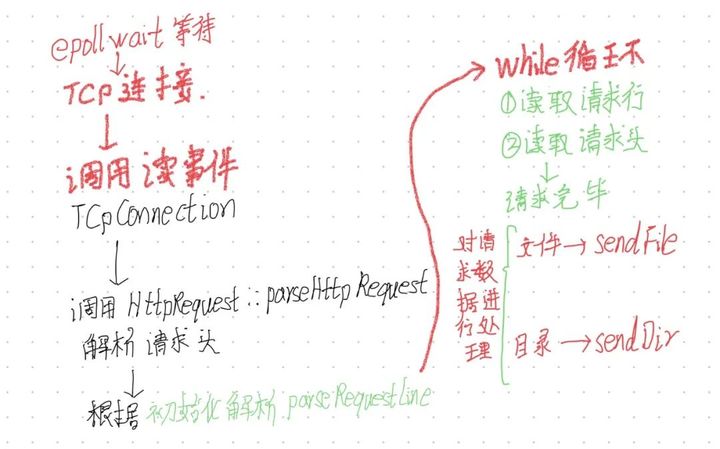
【实战项目】c++实现基于reactor的高并发服务器
基于Reactor的高并发服务器,分为反应堆模型,多线程,I/O模型,服务器,Http请求和响应五部分 全局 反应堆模型 Channel 描述了文件描述符以及读写事件,以及对应的读写销毁回调函数,对应存储ar…...

Docker部署ElasticSearch7
前言 帮助小伙伴快速部署研发或测试环境进行学习测试。springboot版本需要与ElasticSearch版本想对应,不同版本api不一致,会产生异常调用的情况。 一、拉取镜像 这里选择固定版本7.15.2 docker pull docker.elastic.co/elasticsearch/elasticsearch:…...

【算法|数组】滑动窗口
算法|数组——滑动窗口 引入 给定一个含有 n 个正整数的数组和一个正整数 target 。 找出该数组中满足其和 ≥ target 的长度最小的 连续子数组 [numsl, numsl1, ..., numsr-1, numsr] ,并返回其长度**。**如果不存在符合条件的子数组,返回 0 。 示例…...

笙默考试管理系统-MyExamTest----codemirror(2)
笙默考试管理系统-MyExamTest----codemirror(2) 目录 一、 笙默考试管理系统-MyExamTest----codemirror 二、 笙默考试管理系统-MyExamTest----codemirror 三、 笙默考试管理系统-MyExamTest----codemirror 四、 笙默考试管理系统-MyExamTest---…...
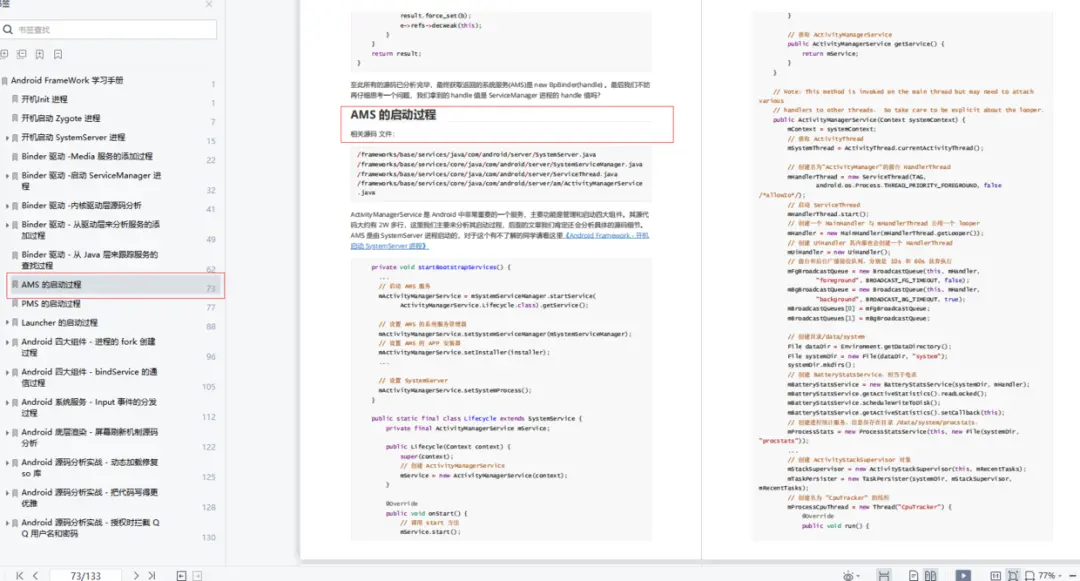
一次面试下来Android Framework 层的源码就问了4轮
说起字节跳动的这次面试经历,真的是现在都让我感觉背脊发凉,简直被面试官折磨的太难受了。虽然已经工作了七年,但是也只是纯粹的在写业务,对底层并没有一个很深的认识,这次面试经历直接的让我感受到我和那些一线大厂开…...
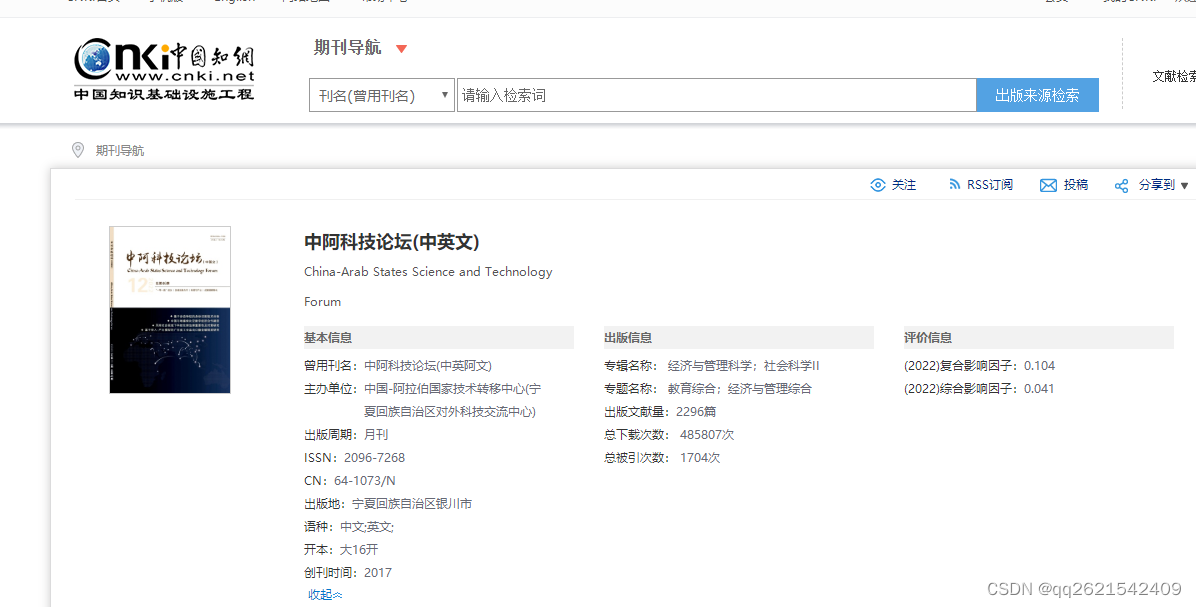
知网期刊《中阿科技论坛》简介及投稿须知
知网期刊《中阿科技论坛》简介及投稿须知 主管单位:宁夏回族自治区科学技术厅 主办单位:宁夏回族自治区对外科技交流中心(中国一阿拉伯国家技术转移中心) 刊 期:月刊 国际刊号:ISSN 2096-7268 国内刊号:CN 64-…...
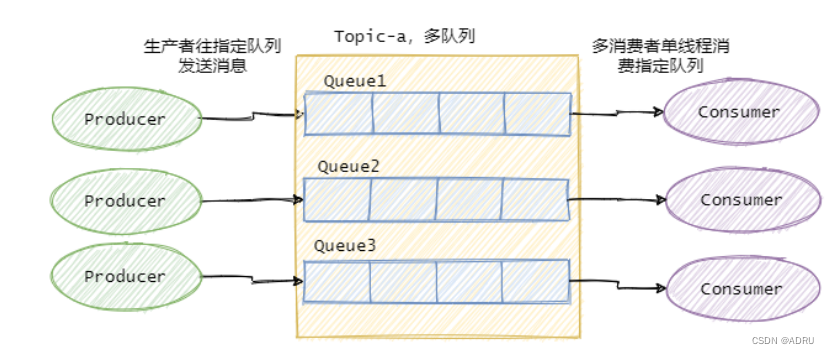
kafka是有序的吗?如何保证有序?
首先,Kafka无法保证消息的全局有序性,这是因为Kafka的设计中允许多个生产者并行地向同一个主题写入消息。而且,一个主题可能会被划分为多个分区,每个分区都可以在独立的生产者和消费者之间进行并行处理。因此,生产者将…...

centos 定时脚本检测tomcat是否启动,未启动情况下重新启动
编写脚本 tomcatMonitor.sh #!/bin/sh. /etc/profile . ~/.bash_profile#首先用ps -ef | grep tomcat 获得了tomcat进程信息,这样出来的结果中会包含grep本身, #因此通过 | grep -v grep 来排除grep本身,然后通过 awk {print $2}来打印出要…...

【Unity3D】消融特效
1 前言 选中物体消融特效中基于 Shader 实现了消融特效,本文将基于 Shader Graph 实现消融特效,两者原理一样,只是表达方式不同,另外,选中物体消融特效中通过 discard 丢弃片元,本文通过 alpha 测试丢弃片元…...

10.Eclipse配置Tomcat详细教程、如何使用Eclipse+tomcat创建并运行web项目
一、Tomcat的下载官网 -> 进入官网显示如图所示的界面,在下下载的是Tomcat9.0版本,你可以自己选一款 点击然后进入下面这个界面 最好是在你的D盘建立一个文件夹,把它解压在里面,文件夹名自己来吧,自己能知道里面装…...
MySQL索引1——索引基本概念与索引结构(B树、R树、Hash等)
目录 索引(INDEX)基本概念 索引结构分类 BTree树索引结构 Hash索引结构 Full-Text索引 R-Tree索引 索引(INDEX)基本概念 什么是索引 索引是帮助MySQL高效获取数据的有序数据结构 为数据库表中的某些列创建索引,就是对数据库表中某些列的值通过不同的数据结…...

2023-08-06力扣今日四题
链接: 剑指 Offer 59 - II. 队列的最大值 题意: 如题,要求O1给出数列的最大值 解: 类似滑动窗口 1 1 2 1 2用双端队列存储成2 2(每次从前面获取最大值,后面插入新数字)也就是第一个2覆盖了…...

Kubernetes入门 三、命令行工具 kubectl
目录 语法操作示例资源操作Pod 与集群资源类型与别名格式化输出 kubectl 是 Kubernetes 集群的命令行工具,通过它能够对集群本身进行管理,并能够在集群上进行容器化应用的安装和部署。 语法 使用以下语法从终端窗口运行 kubectl 命令: kub…...
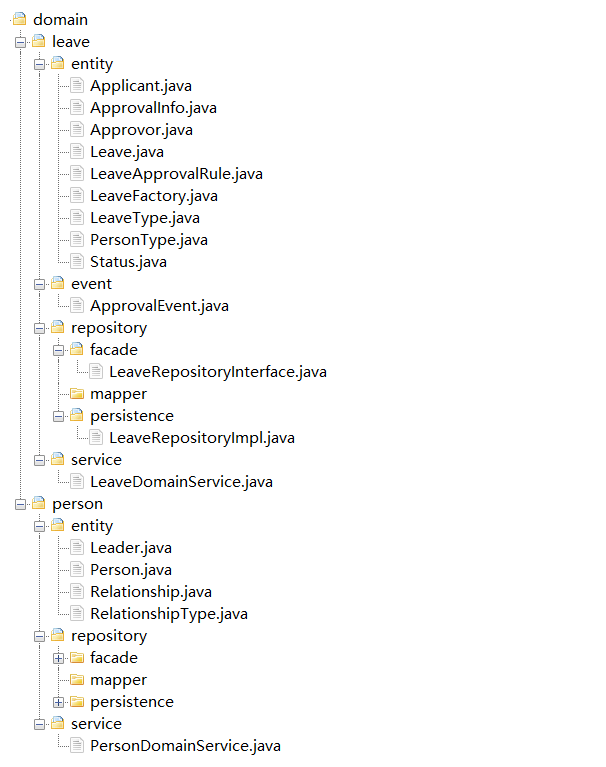
18 | 基于DDD的微服务设计实例
为了更好地理解 DDD 的设计流程,这篇文章会用一个项目来带你了解 DDD 的战略设计和战术设计,走一遍从领域建模到微服务设计的全过程,一起掌握 DDD 的主要设计流程和关键点。 项目基本信息 项目的目标是实现在线请假和考勤管理。功能描述如下…...

router和route的区别
简单理解为,route是用来获取路由信息的,router是用来操作路由的。 一、router router是VueRouter的实例,通过Vue.use(VueRouter)和VueRouter构造函数得到一个router的实例对象,这个对象中是一个全局的对象,他包含了所…...

每日后端面试5题 第五天
一、Redis的常用数据类型有哪些,简单说一下常用数据类型特点 1.字符串string 最基本的数据存储类型,普通字符串 SET key value 2.哈希hash 类似于Java中HashMap的结构 HSET key field value 3.列表list 按照插入顺序排序,操作左边或右…...

BGP基础实验
题目 IP地址配置 R1 R2 R3 R4 R5 AS2内全网通 R2: ospf 1 router-id 2.2.2.2 area 0.0.0.0 network 2.2.2.0 0.0.0.255 network 23.1.1.0 0.0.0.255 R3: ospf 1 router-id 3.3.3.3 area 0.0.0.0 network 3.3.3.0 0.0.0.255 network 23.…...
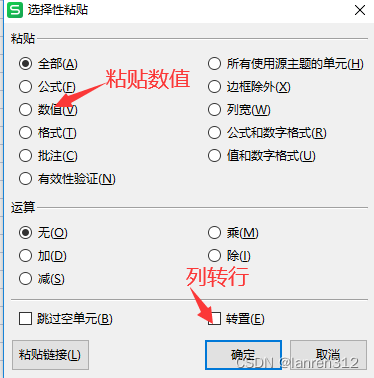
在excel中整理sql语句
数据准备 CREATE TABLE t_test (id varchar(32) NOT NULL,title varchar(255) DEFAULT NULL,date datetime DEFAULT NULL ) ENGINEInnoDB DEFAULT CHARSETutf8mb4; INSERT INTO t_test VALUES (87896cf20b5a4043b841351c2fd9271f,张三1,2023/6/8 14:06); INSERT INTO t_test …...

Vue中下载不同文件的几种方式
当在Vue中需要实现文件下载功能时,我们可以有多种方式来完成。下面将介绍五种常用的方法。 1. 使用window.open方法下载文件 <template><div><button click"downloadFile(file1.pdf)">下载文件1</button><button click"…...

Ethernet/ip协议开发记录
目录 简介 一:EtherNet/IP 二:CIP 1. CIP 对象模型 2. CIP 服务 3. CIP 对象库...

Spring系列三:基于注解配置bean
文章目录 💗通过注解配置bean🍝基本介绍🍝快速入门🍝注意事项和细节 💗自己实现Spring注解配置Bean机制🍝思路分析🍝注意事项和细节 💗自动装配 Autowired🍝案例1: Autow…...
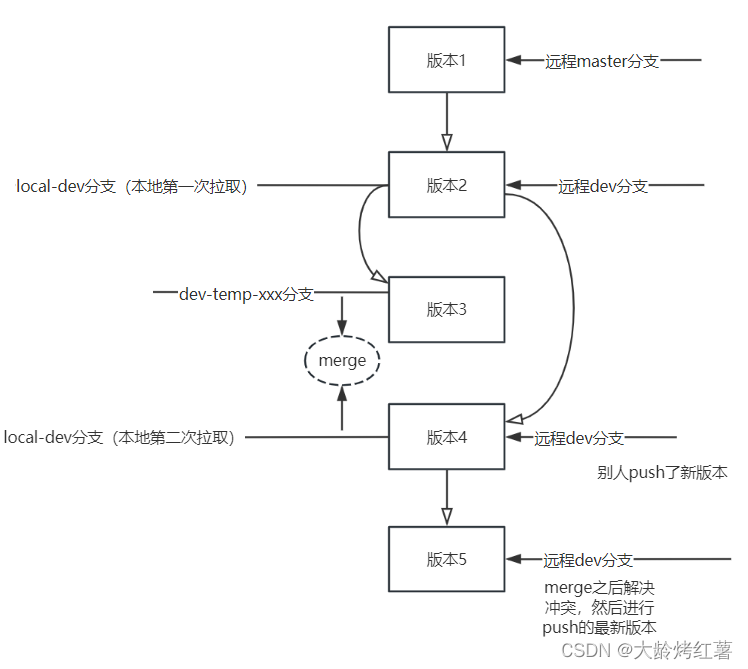
git的简单介绍和使用
git学习 1. 概念git和svn的区别和优势1.1 区别1.2 git优势 2. git的三个状态和三个阶段2.1 三个状态:2.2 三个阶段: 3. 常用的git命令3.1 下面是最常用的命令3.2 git命令操作流程图如下: 4. 分支内容学习4.1 项目远程仓库4.2 项目本地仓库4.3…...
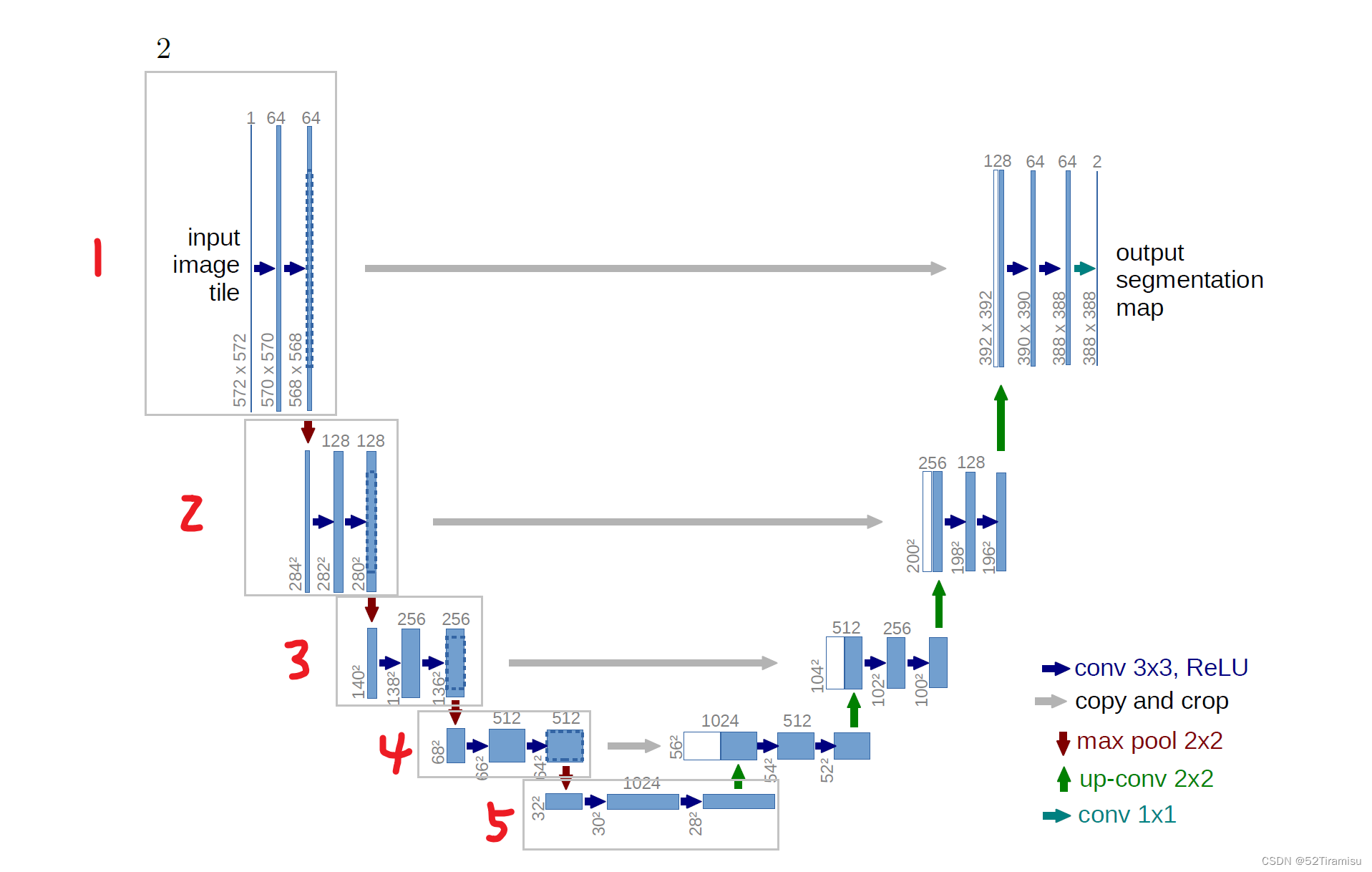
UNet Model
论文地址 第一阶段 conv2d(33) first conv:5725721 → 57057064 second conv:57057064 → 56856864 代码 # first 33 convolutional layer self.first nn.Conv2d(in_channels, out_channels, kernel_size3, padding1) self.act1 nn.ReLU() # Seco…...

vue+iviewUi+oss直传阿里云上传文件
前端实现文件上传到oss(阿里云)适用于vue、react、uni-app,获取视频第一帧图片 用户获取oss配置信息将文件上传到阿里云,保证了安全性和减轻服务器负担。一般文件资源很多直接上传到服务器会加重服务器负担此时可以选择上传到oss&…...

算法leetcode|68. 文本左右对齐(rust重拳出击)
文章目录 68. 文本左右对齐:样例 1:样例 2:样例 3:提示: 分析:题解:rust:go:c:python:java: 68. 文本左右对齐: 给定一个…...

基于MATLAB实现小波算法仿真(附上多个完整源码+数据集)
小波变换是一种常用的信号处理技术,广泛应用于图像处理、音频处理、压缩等领域。本文将介绍MATLAB中小波变换的基本原理和实现方法,并给出一个示例来说明如何使用MATLAB进行小波变换和逆变换。 文章目录 1. 引言2. 小波变换的基本原理3. MATLAB中的小波变…...

【深度学习注意力机制系列】—— CBAM注意力机制(附pytorch实现)
CBAM(Convolutional Block Attention Module)是一种用于增强卷积神经网络(CNN)性能的注意力机制模块。它由Sanghyun Woo等人在2018年的论文[1807.06521] CBAM: Convolutional Block Attention Module (arxiv.org)中提出。CBAM的主…...
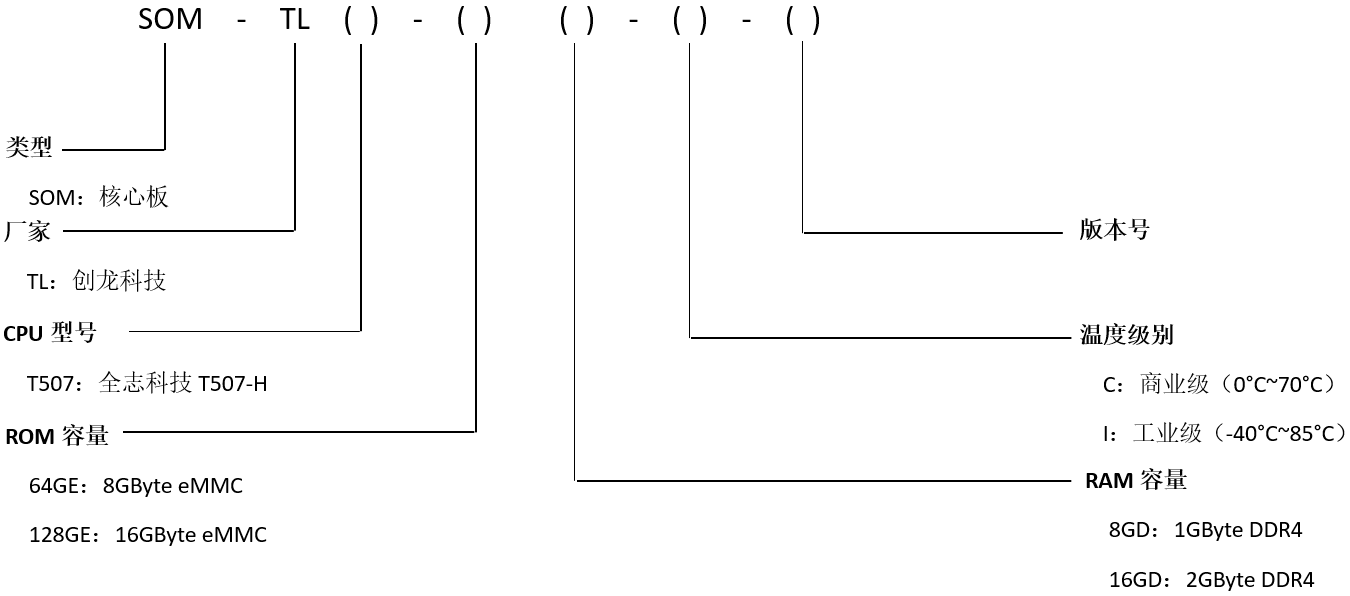
【资料分享】全志科技T507-H工业核心板规格书
1 核心板简介 创龙科技SOM-TLT507是一款基于全志科技T507-H处理器设计的4核ARM Cortex-A53全国产工业核心板,主频高达1.416GHz。核心板CPU、ROM、RAM、电源、晶振等所有元器件均采用国产工业级方案,国产化率100%。 核心板通过邮票孔连接方式引出MIPI C…...

